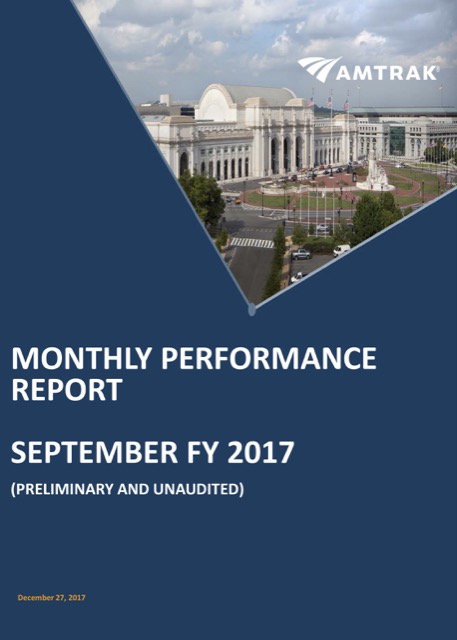Amtrak claims that its FY 2018 operating losses were the “lowest in decades” at a mere $168 million. However, there is no way to verify this because Amtrak has not yet published its FY 2018 financial reports.
Private companies are not allowed to drop hints about their financial health before the official results are released to the public. Elon Musk and Tesla got fined $40 million for securities fraud after sending out tweets before the release of Tesla’s annual report. But Amtrak gets away with the same sort of fraud that it commits in a blatant effort to boost its political standing.
Here are the numbers in Amtrak’s press release: total revenues were $3.38 billion; capital investments were $1.46 billion; and operating losses were $168 million. An AP story adds that Amtrak received $1.9 billion in federal subsidies. But what do these numbers mean? Continue reading








